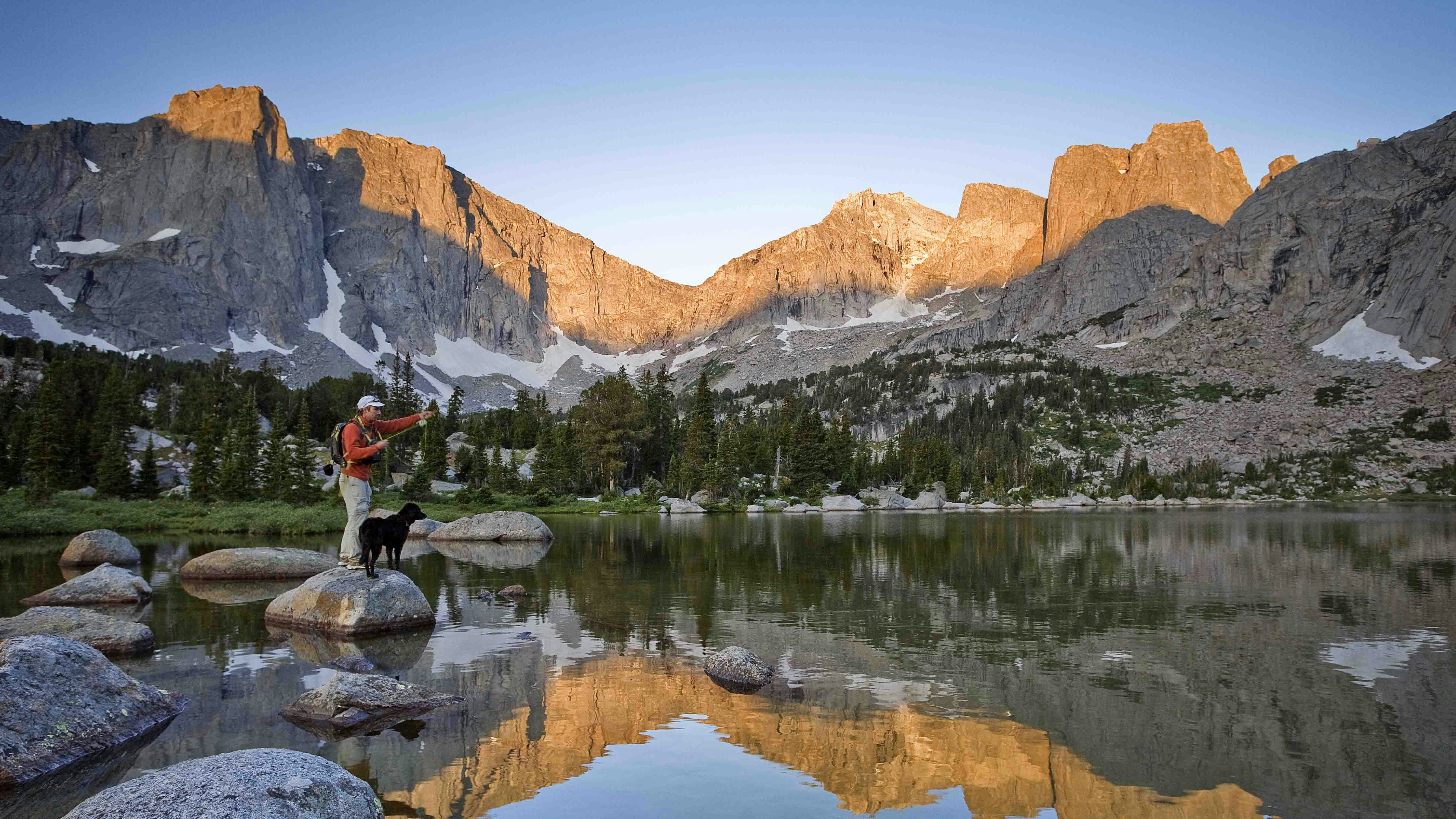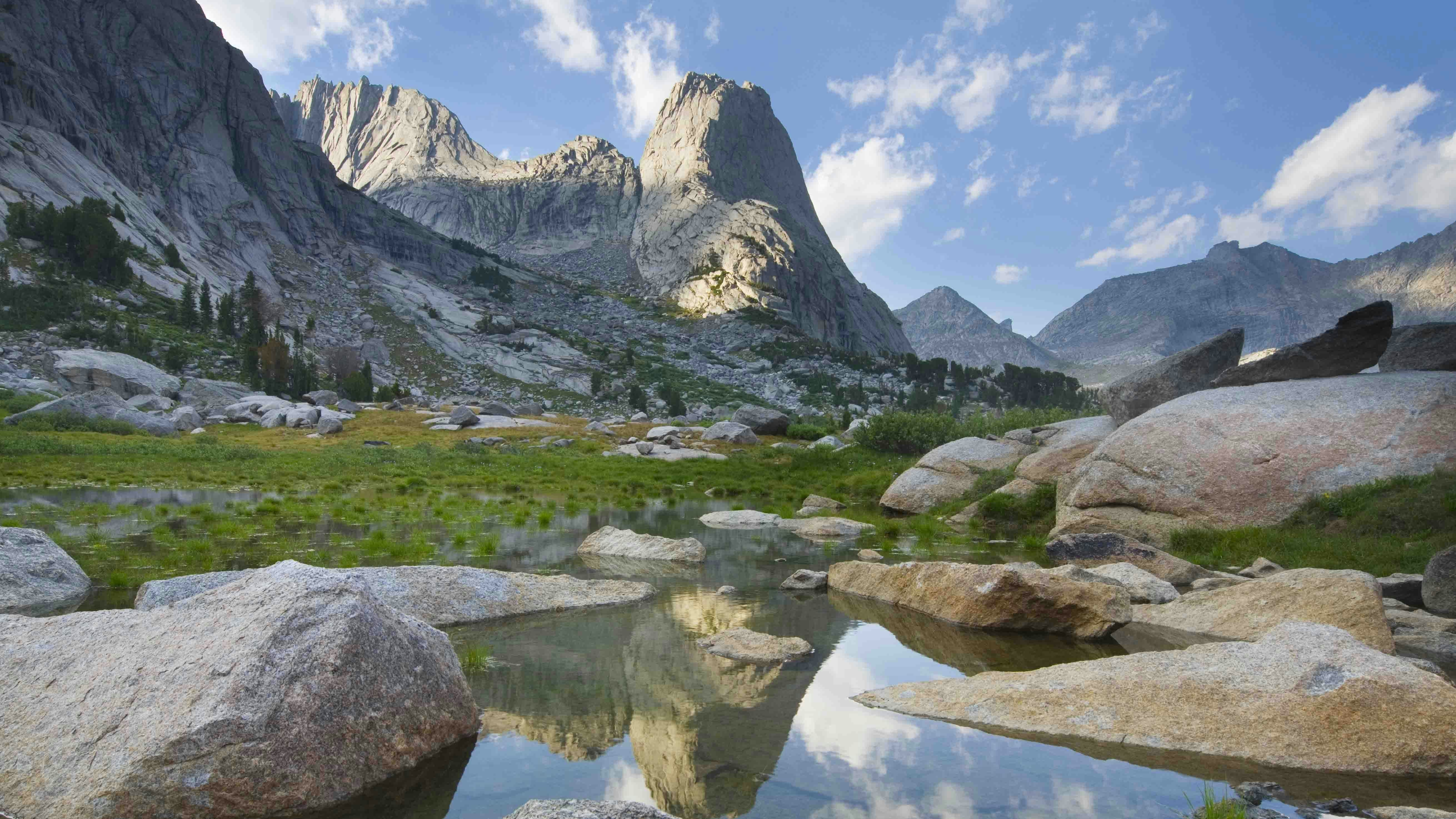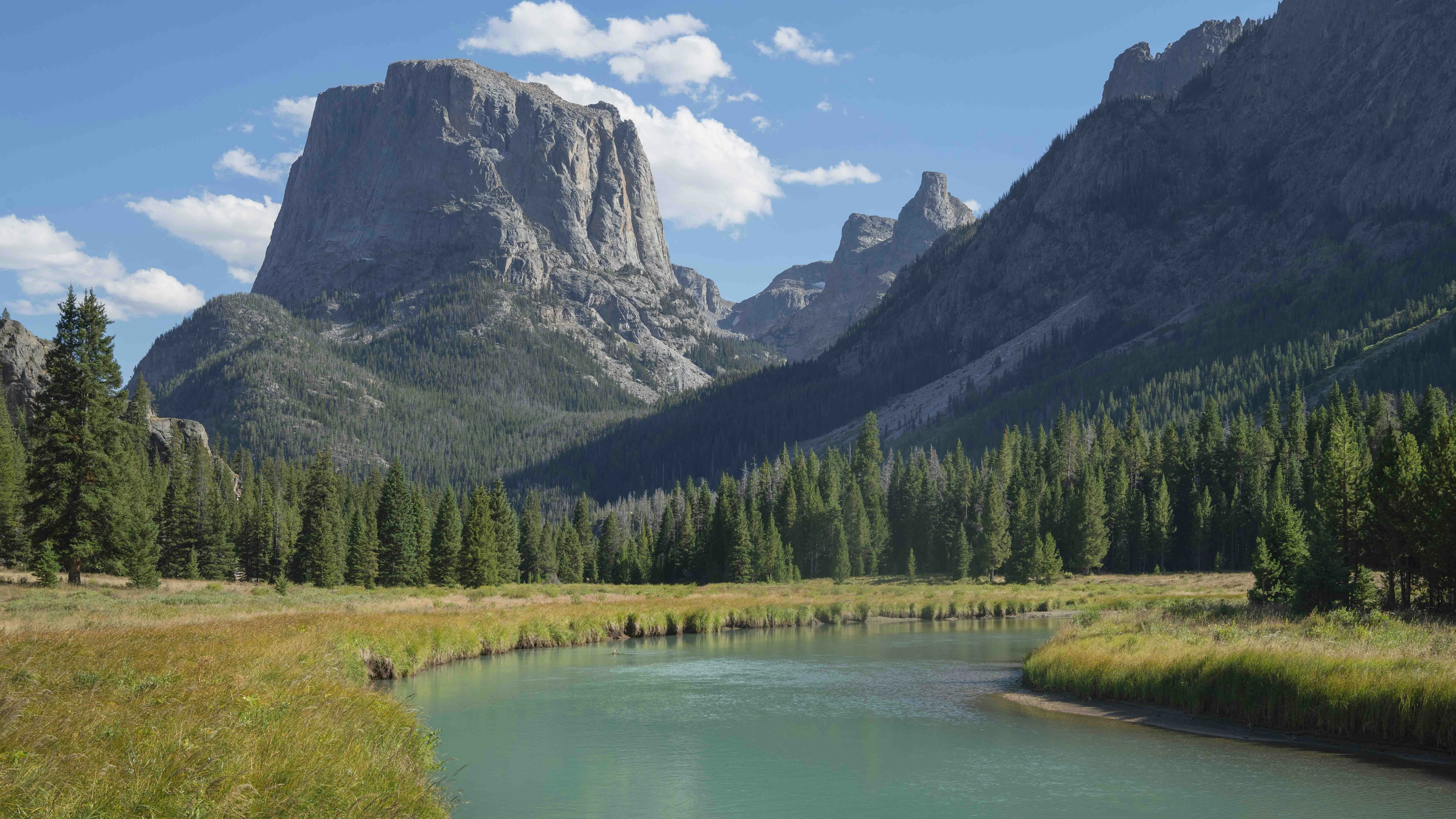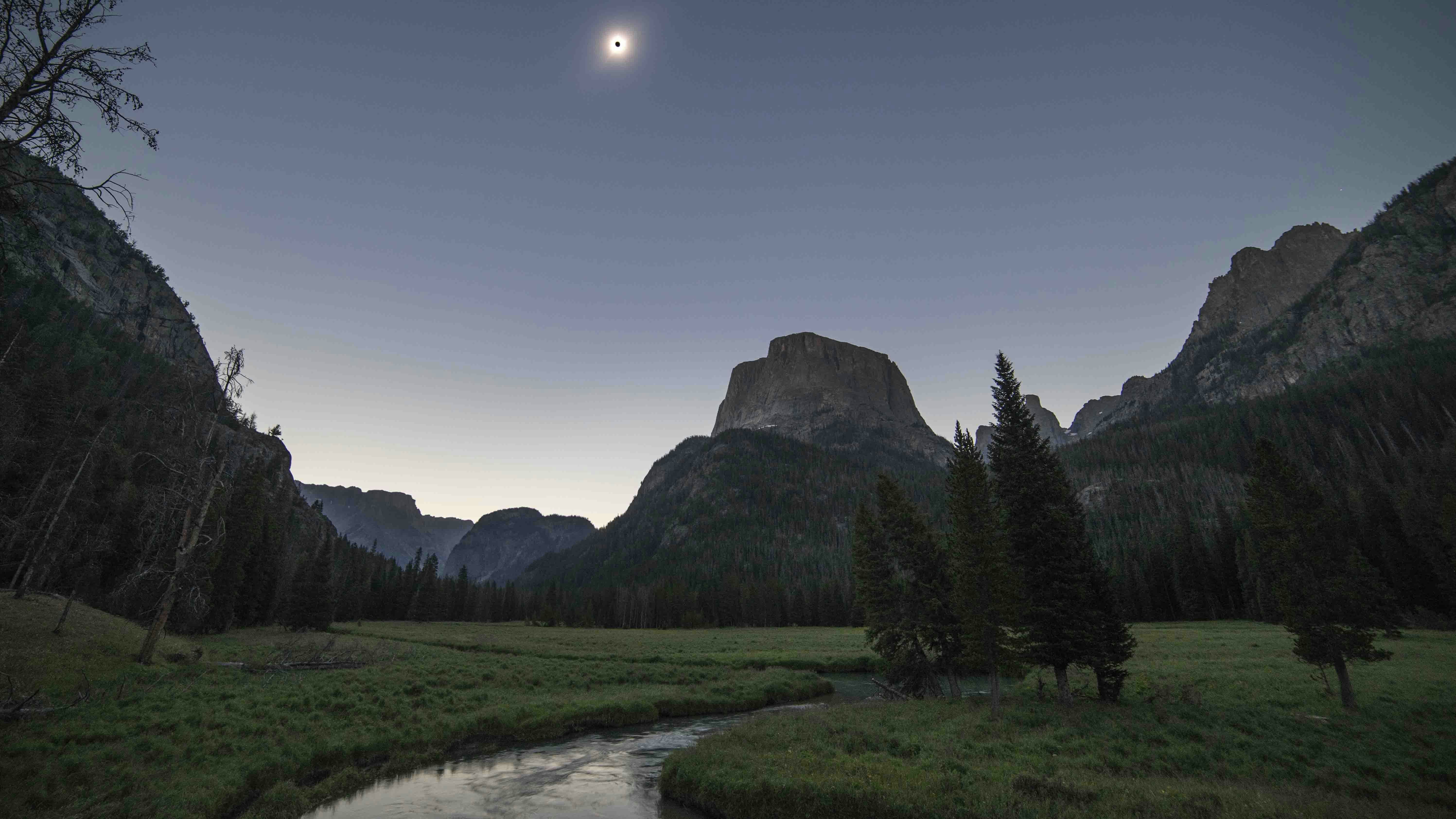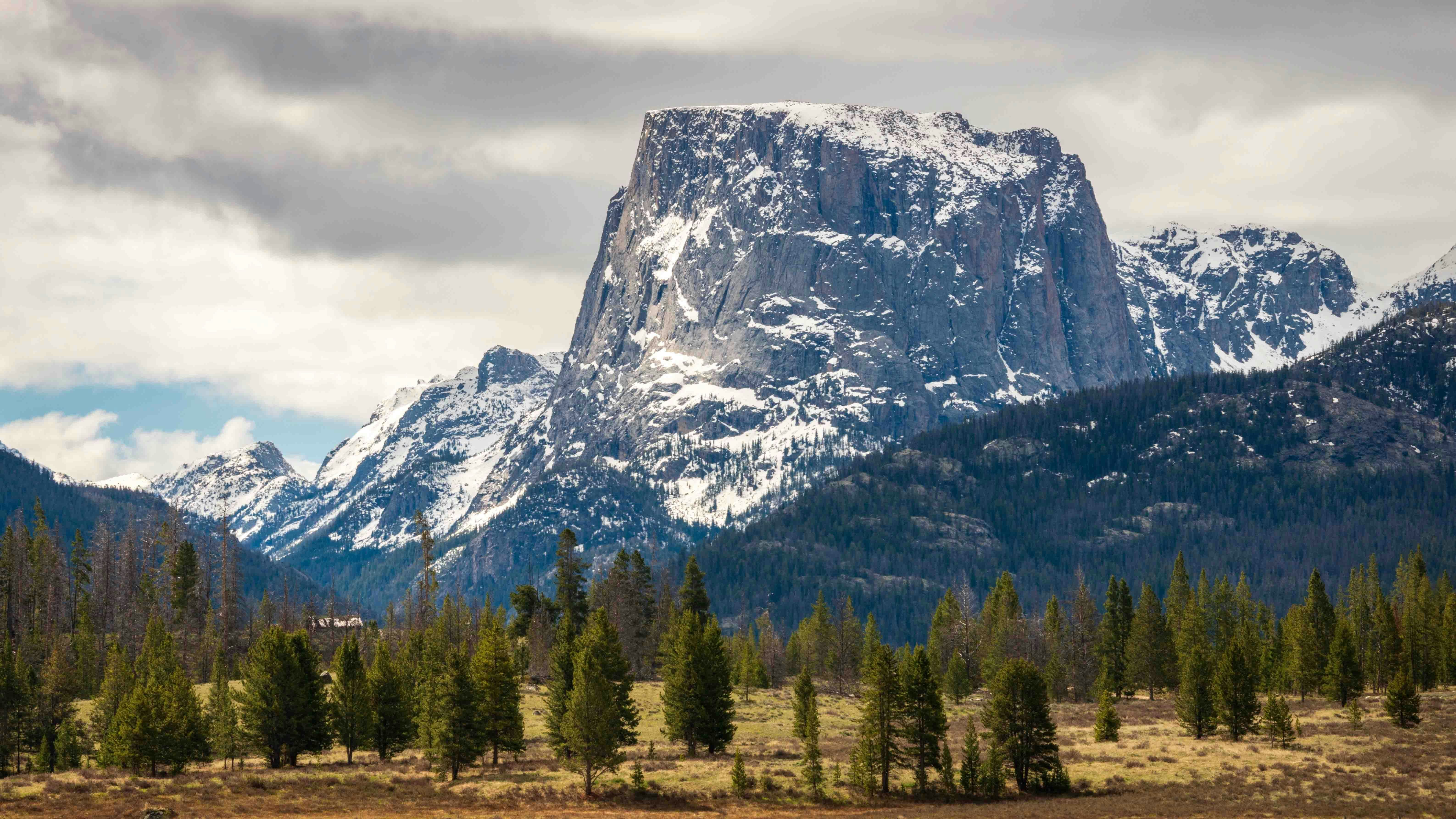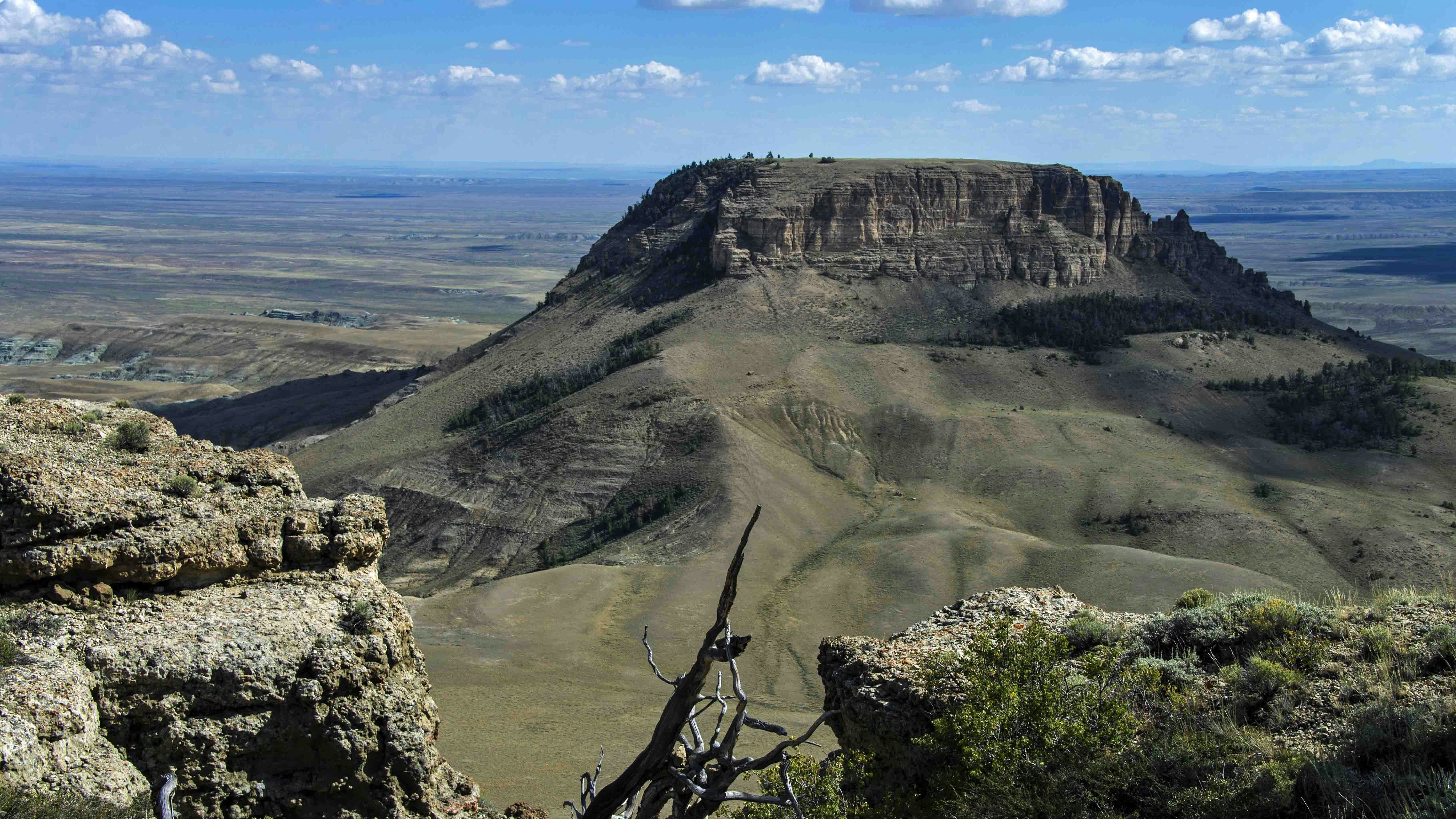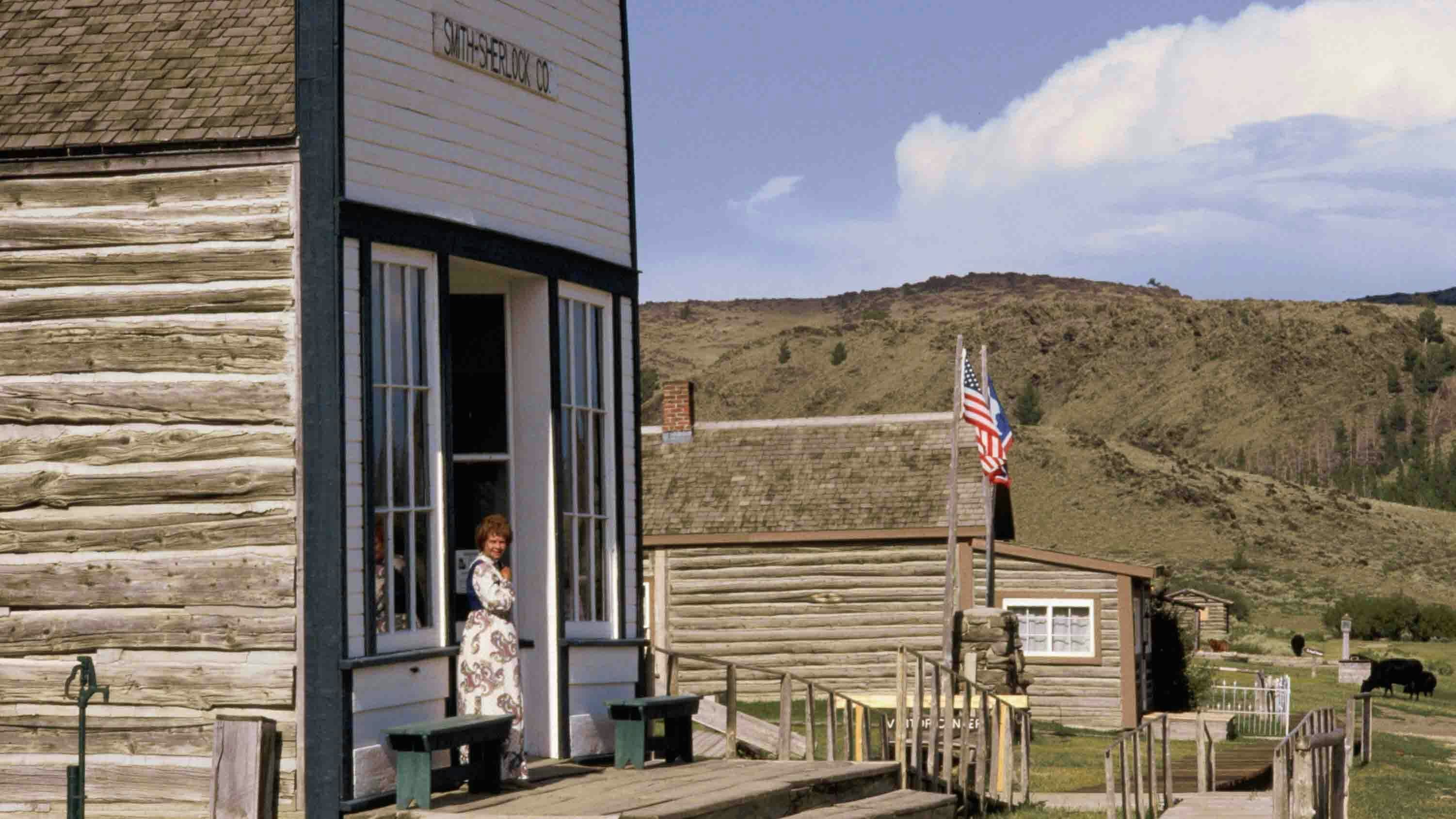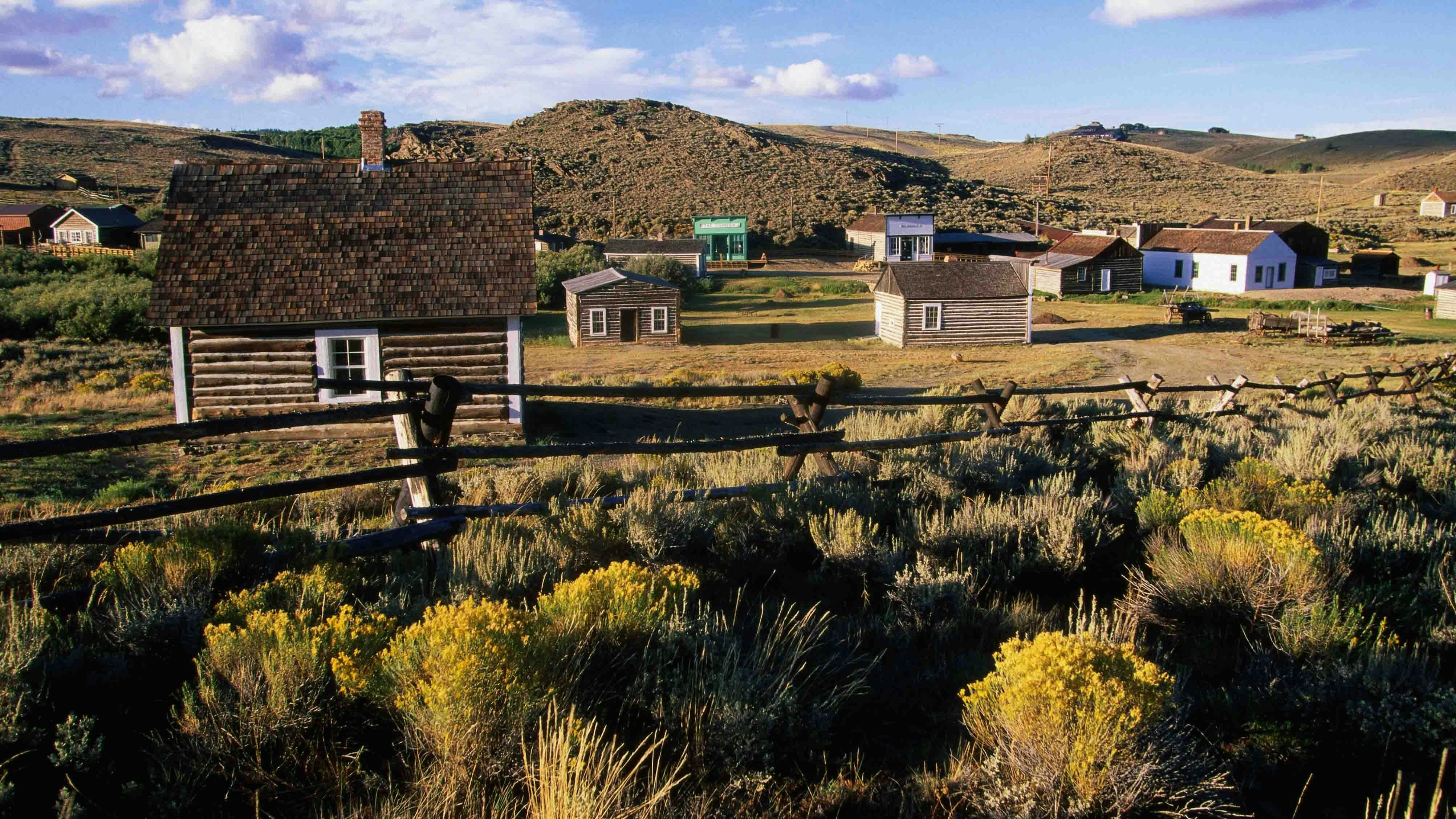It seems like I have been traveling my whole life.
Most of my windshield time in the last half century has happened here in Wyoming. I have been to every nook and cranny in the Cowboy State.
Once when I was speaking to a group a long way from home, someone asked if I was “lonely.”
“No,” I replied. “I am alone, but I am not lonely.”
That could also sum up how Wyoming people feel sometimes. We live in this vast state with fewer neighbors than anywhere else in the continental United States.
The 2020 census once again proclaimed Wyoming as the least populated state in the union. Some 584,000 hardy souls claim to live here. If they all lived in one city, it would still be smaller than some nondescript places named Huntsville, Alabama, Fresno, California, and Gary, Indiana.
There have been documented cases of busloads of tourists pulling their buses over to the side of the road so that its occupants can stare out at our vast acres of “nothing.” We’ve even heard about cases where these tourists can get reverse claustrophobia — they get physically sick by the absence of walls, boundaries, noise and the absence of thousands of other human beings.
Those of us who call Wyoming home chuckle to ourselves when we hear about such things. We aren’t alone, and we aren’t lonely, either.
My favorite slogan for Wyoming is: High altitudes. Low multitudes.
Let’s talk about those high altitudes.
Our Wonderful Mountains
There are mountains higher than Wyoming’s, but are there places more beautiful than the Tetons? Or the Cirque of the Towers in the mighty Wind River Range? Or Square Top Mountain in Sublette County? Or even those stubby Oregon Buttes located on South Pass between Fremont and Sweetwater Counties?
It's important to always stress the importance of those Oregon Buttes. We wrote about them in a column about the Oregon Trail two weeks ago.
Some 400,000 people jumped off the edge of the earth as they knew it when they headed west on the Oregon Trail from 1848 to 1863. They headed out with the good intentions of our nation’s manifest destiny. They were going to a new land.
That scary trip into the unknown back then might be equivalent to going to Mars today.
Those travelers left behind flat lands. This journey had them continuing to go up and up and farther up. They faced daunting headwinds and lungs full of dust from the other wagons. But on they went.
The first real mountain they saw was Laramie Peak. But the physical mountain features they really wanted to see were the Oregon Buttes. These bumps on the horizon marked South Pass.
They knew if they could get over South Pass before winter hit, they would be home free – no storms could freeze them then. These squared-off buttes were probably the most famous mountains in America during that two-decade period. And those buttes sit near the middle of present-day Wyoming, but they represented Oregon Territory way back then.
I have been covering news in Wyoming for over 50 years and I have heard the phrase “High altitudes. Low multitudes” from probably a half-dozen prominent political figures during this time. Former Govs. Jim Geringer and Mike Sullivan used it a lot. Geringer liked to add the line “and great attitudes.”
Here in Wyoming, it isn’t hard to have great attitudes. When you live in a place where the sky is blue 300 days per year and the sun shines brightly, well, that makes for our sunny dispositions. And the humidity is so low — old cars in our state are greatly valued around the country because of their lack of rust.
Could Be A State Slogan
We could consider these two statements a perfectly adequate state slogan. It could offer a reverse psychology approach to marketing Wyoming. After all, when tourists want to go on vacation, they usually want to escape the hustle and bustle of their busy lives.
For years, Wyoming put a huge billboard on one of the busiest traffic stretches in New York City. It showed a Mike McClure photo of downtown Lander with a herd of cows holding up traffic. The caption read: “Traffic Jam in Wyoming.”
The theory was that anyone trapped there in that modern big-city traffic jam might want to yearn to be out here in Wyoming, away from the crowds.
What people all over the country don’t understand about Wyoming people is that we really like it this way. We choose to be in a land where the deer and the antelope outnumber the humans.
Back in 1993, I published a book of my columns called “The Best Part of America.” The book sold out and it seemed another one would appear shortly. Nine years later my second book of columns was published. What did I call it? It’s called “High Altitudes, Low Multitudes.”
On the subject of slogans, during a winter like this past one, you might think that our state slogan goes like this: “High winds. Blowing snow. Slick in spots.”
That was the name of my third book of columns, which came out before I started to produce Wyoming-themed coffee table books.
To wrap this up, I like to quote another of former Governor Sullivan’s favorite descriptions of Wyoming: “It’s just a small city with extremely long streets.”
Bill Sniffin can be reached at: Bill@CowboyStateDaily.com

